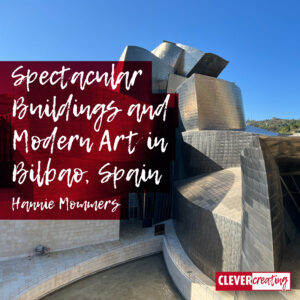
We dislike the crowds in the big cities more and more, yet, if we want to see beautiful things we will have to go there. Our solution is to spend the night in small towns during the holidays and take a day trip to a city.
On one of those holidays, we wanted to see the modern art in Bilbao and we saw and experienced 3 amazing places. All 3 within walking distance of each other, unless you are not able to walk well.
There is definitely more to see in the city, but we went for modern art; architecture, paintings, and 3D work.
Some of the links are affiliate links. As an affiliate associate, I earn a small commission when you purchase any of the products offered through the shared links at no extra cost to you. This helps me to maintain this website and I thank you for supporting me.
Table of Contents
Modern art in Bilbao
Bilbao is a bustling city with interesting modern architecture, painting, and sculpture. Thanks to the Guggenheim Museum which meant an uplift for the town. Well worth a visit.
Guggenheim Museum
Like LUMA in Arles, the Guggenheim was designed by American architect Frank Gehry. The museum was built in 1997.
Although it is very light inside, the windows are placed in such a way that the artworks are not affected by the sunlight.
Both times we’ve been there, the planned next exhibition on the 2nd floor was under construction. A coincidence, of course, I guess. 😉
The advantage was that the entrance fee had been reduced, which is already lower for students and 65+.
Related: Museum LUMA in Arles, a Lively Creative Breeding Ground
Impressive
The Guggenheim building is overwhelming which makes the art stand out better. The spaces are large and the works on display are monumental.
A tapestry by El Anatsui made of small flattened metal pieces made an impression because of its dimensions.
From Richard Serra, Tom and I have mainly seen straight rusted plates placed in hills. The immense room where his curved work has been displayed showed a different side of him.
Like we enjoyed a filmed interview with Gehry in Arles, we were now able to watch an interview with Richard Serra. It’s so great to hear passionate artists talk about their inspiration and method of working.
Museo de Bellas Artes de Bilbao
The Museum de Bellas Artes is located close to the Guggenheim. The collection includes works from 1200 to the present, so a very long period.
It is customary in most museums to display such an extensive collection chronologically.
I was charmed by the exhibition concept in this museum: old and modern works together in one space, selected for similarity in form or colour.
Talking to an attendant, however, it turned out that this was a stopgap solution and not a conceived concept. The museum is undergoing major renovations and as long as not all rooms are available, this solution has been chosen.
What a pity, don’t you think so?
Conservation and Restoration
An important task of museums is the conservation and restoration of their purchased art.
In one of the rooms, various techniques, such as viewing the surfaces in daylight, ultraviolet light, infrared light and grazing light, were used to explain how this works. X-rays reveal underlayers with sometimes even another painting below the top layer.
Because various stages of research were shown, the process became very insightful.
Azkuna Centre Alhóndiga
This former wine and oil warehouse was constructed at the beginning of the 20th century and abandoned in the 70s.
After talking back and forth about a new destination, the city council decided in 1994 to turn it into a multifunctional cultural centre.
It took until 2010 for the building to be open to the public again. In addition to a gym and swimming pool, there are a library, cinema, and exhibition spaces.
The exterior walls have all been preserved, but the inside has been completely gutted and rebuilt.
Philippe Starck
Surprisingly, the interior was designed by Philippe Starck in collaboration with Thibaut Mathieu. I only knew Starck as a designer of utensils.
The inner structure is reinforced by means of metal pillars. To honour craftsmanship, 43 of these columns are covered in different materials and techniques. Every one of them is unique.
We met someone who knew a lot about the building and got excited because we understood and spoke some Spanish. He pointed out the columns and told us about the weight and the differences.
Impressive!
Huge building
The building has 4 floors above the ground floor and 2 basement floors. Both the roof terrace and the lowest basement floor are exhibition spaces.
The mission of the centre is ambitious: building connections between communities of audiences and culture, influencing the context and contributing to a more creative, critical and diverse society.
Have a look at the website of the Azkuna Center for up-to-date information.
More to do in Bilbao?
Like all Spanish cities, Bilbao has a historic centre including a classic market hall, Plaza de Abastos, called the Ribera market. The town also has many parks and churches.
So if you want to spend more than one day in Bilbao, there is plenty to see. All kinds of restaurant categories are available, so the inner person will never lack anything.
Have you already been to Bilbao? What did you like best? Tell me in the comment box below.




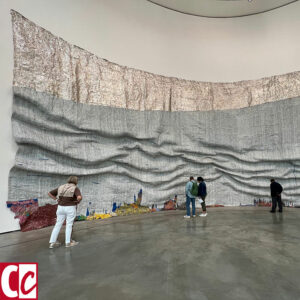
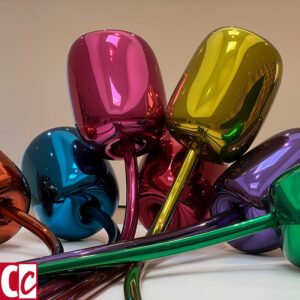
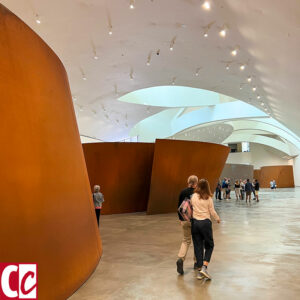
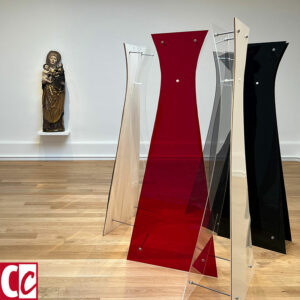
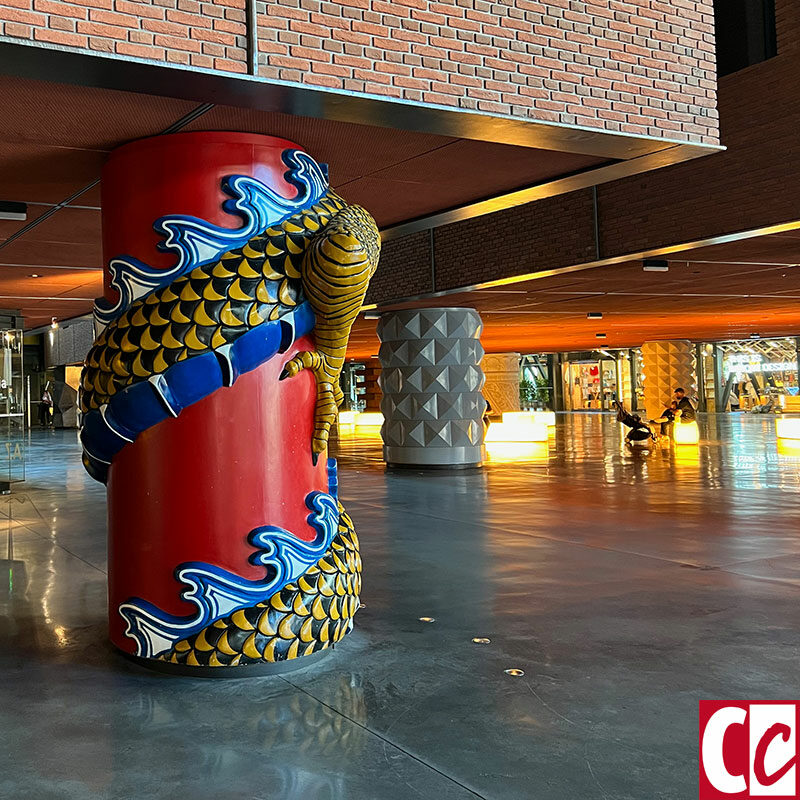

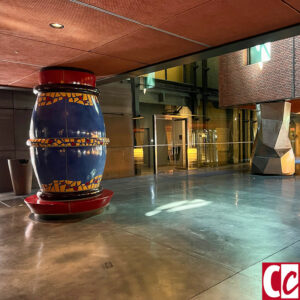
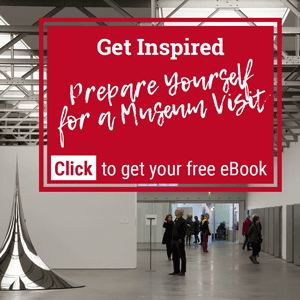
Wow, what a beautiful museum! It’s on my wishlist now…
I like the idea of a non-chronological display of art too, pity that it is only temporary.
I agree with you, Kadanza. The only other museum I know, that deviates from the standard build-up is Insel Hombroich.
Hopefully you can visit either one of them soon. 🙂 Take care.